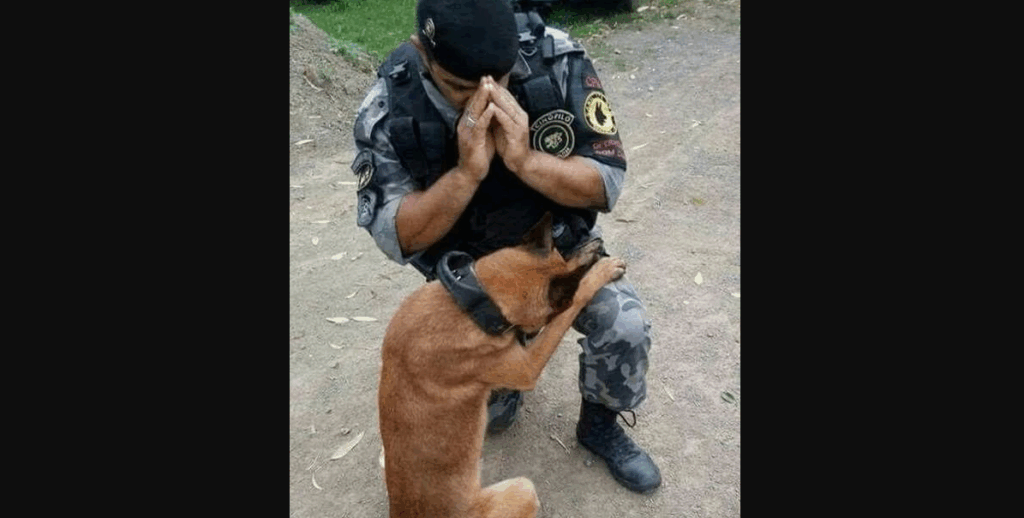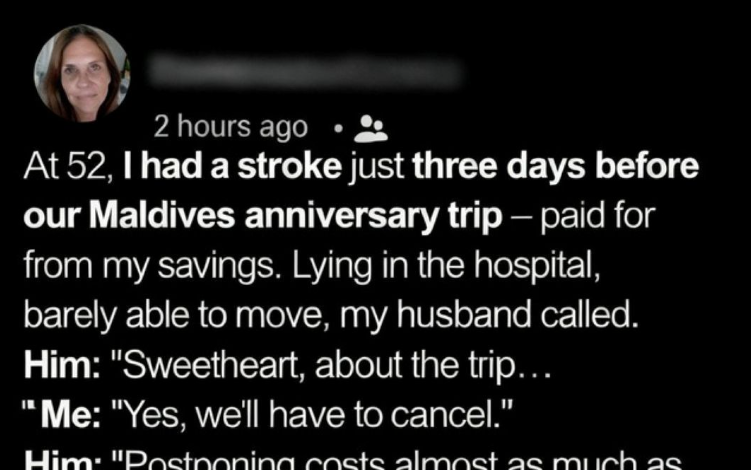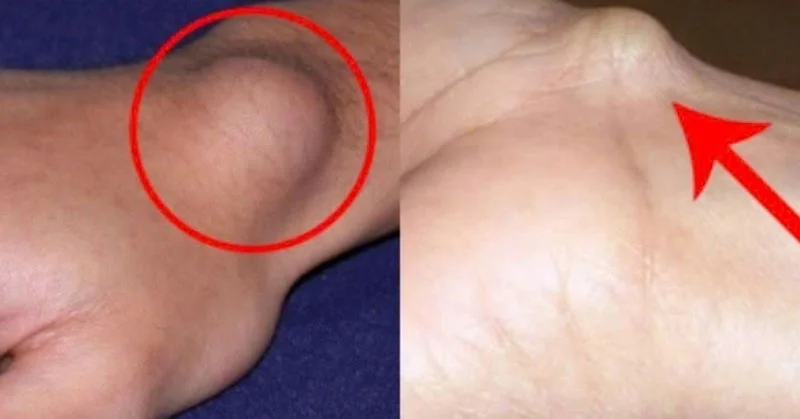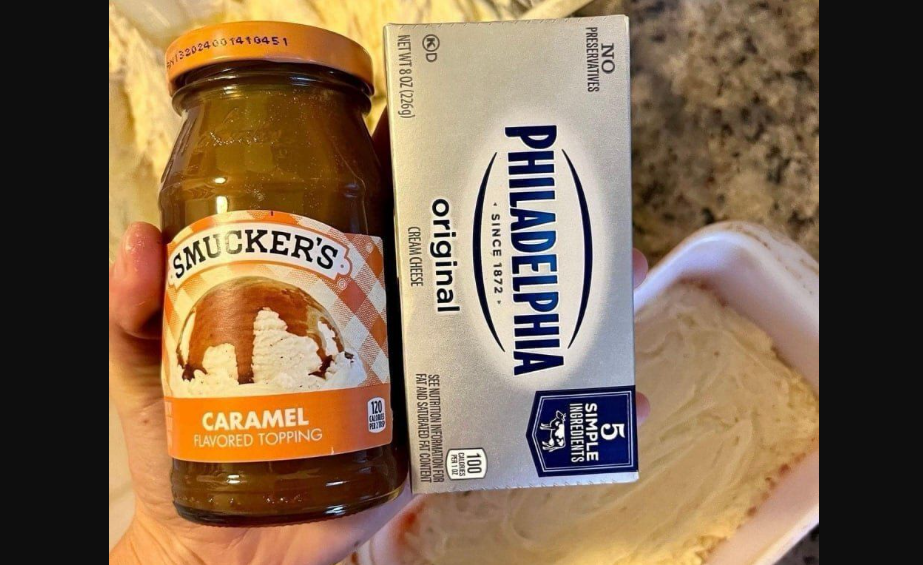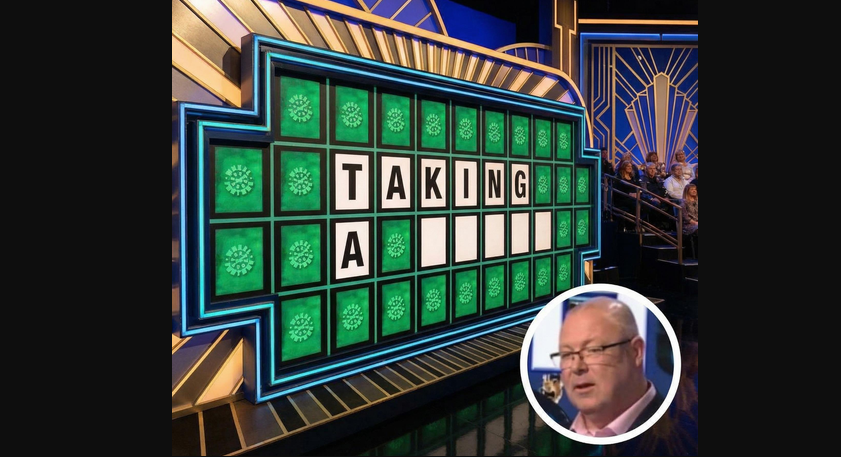I had no idea anyone had taken a photo of me that day. Not until my sister called, her voice trembling, telling me I was “everywhere.” She said the internet thought I was some kind of hero. The image showed me kneeling in the dirt beside my K9 partner, Finch, hands clasped in prayer under a setting sun. “It’s beautiful,” she said.
But no one ever asked what I was praying for.
They saw the uniform. They saw Finch lying still, as if he understood the gravity of the moment. People saw strength, faith, sacrifice. But they didn’t see the fear. They didn’t see what was really happening.
I wasn’t praying because I felt strong. I was praying because I didn’t know what else to do.
Just before that photo, Finch and I had finished clearing a small compound. Then the blast came—close enough to rattle us, but not close enough to take me down. Finch didn’t move. He was hurt—badly. His leg was bleeding, his eyes locked on mine. He whimpered once, then went quiet. There were no medics for him. Just a roll of gauze and hands that wouldn’t stop shaking.
I dropped to my knees and prayed—not with brave words, but with desperation.
That’s when someone took the photo.
It spread fast. People called it powerful. They said it symbolized loyalty, devotion, hope. But I wasn’t thinking about any of that. I was just hoping Finch would survive the night.
The base vet gave me that look—the one that means it could go either way. Finch had lost a lot of blood. No one knew if he’d wake up again, let alone walk. The next morning, I had to go back out. In our line of work, the mission doesn’t stop for pain.
Before I left, I visited him. I watched his chest rise and fall. I made a promise right there: if Finch pulled through, I’d be done. I wasn’t going back out without him.
For days, nothing changed. I started preparing for the worst.
Then, on the fourth day, a vet tech named Darnell found me in the mess hall. “He opened his eyes,” he said. “Tried to sit up.” I dropped everything and ran.
Finch was awake. Exhausted, in pain, but alive. His tail gave the tiniest wag—just enough to say, I know you’re here. I knelt beside him, overwhelmed with relief.
The photo never stopped circulating. Letters came from all over the country. A mother in Idaho wrote to say it brought her peace after losing her son in service. A student in Texas said it inspired him to enlist. Someone even made Finch a quilt.
People saw strength in that photo. I saw fear. Maybe both were true.
Finch recovered slowly. Months of rehab, therapy, and a custom pair of boots helped him walk again. When he was officially retired, I brought him home.
We settled in Kentucky. I took a job in security. Finch had a warm bed, endless treats, and a quiet life. Every Veterans Day, the photo would resurface, and people would recognize us. It became a part of our story.
One fall, a local high school asked me to speak. I almost said no. I didn’t feel like a hero. But Finch was older, and I knew we wouldn’t have many more chances like that.
So I went. I stood on stage with Finch by my side and told the real story.
I wasn’t praying because I was brave. I was scared. I didn’t have a plan. I wasn’t thinking about being a soldier. I was thinking about a dog who was hurting and how powerless I felt to save him.
And maybe that’s what people connected with—not the image of strength, but the reality of love.
You don’t have to be fearless. You don’t have to have all the answers. Sometimes, just being there—staying with someone through their worst moment—is more powerful than anything else.
Finch passed away last spring, peacefully in his sleep. He was still wearing the same collar from that day. I still have the photo—not because it made me look heroic, but because it reminds me: even when everything feels lost… sometimes, it isn’t.
